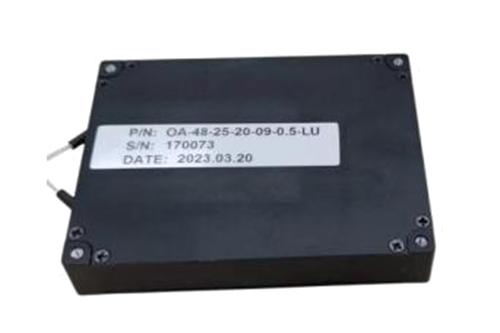Erbium Doped Fiber Amplifier (EDFA)
EDFA, also known as Erbium Doped Fiber Amplifier, is a specialized optical fiber device that directly amplifies optical signals in fiber optic communication systems. By incorporating erbium, a rare-earth element, into the fiber core, EDFA eliminates the need to convert light signals into electrical signals for amplification, enabling direct optical signal amplification.
Our EDFA products deliver high output power, low insertion loss, and are polarization-insensitive, meeting the demands of various industries and applications.


